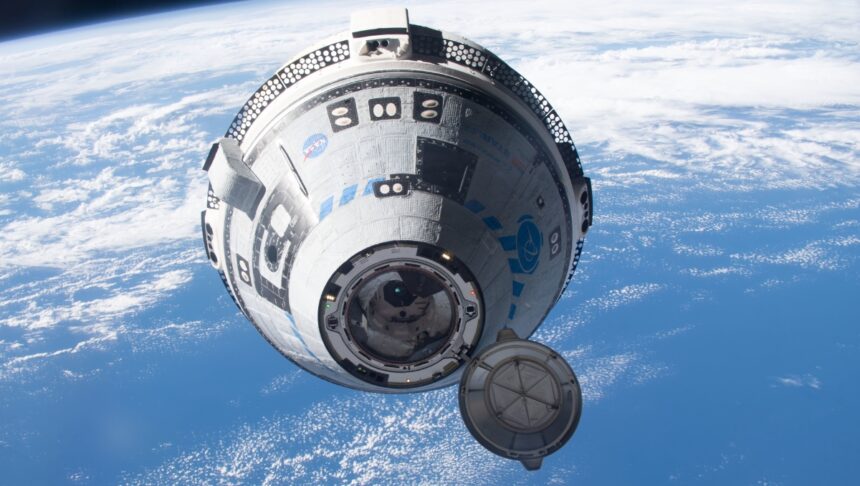Two NASA astronauts find themselves in an unexpected predicament as they remain stranded aboard the International Space Station (ISS). Flight commander Barry “Butch” Wilmore and flight pilot Sunita “Suni” Williams were originally scheduled to return to Earth on June 14. However, multiple mechanical issues with Boeing’s Starliner spacecraft have caused their return to be postponed indefinitely.
The Starliner Mission
The mission is part of NASA’s larger Commercial Crew Program, which aims to certify private spacecraft for routine missions to and from the ISS.
Starliner launched on June 5 from the Cape Canaveral Space Force Station in Florida, successfully arriving at the ISS one day later. The astronauts’ primary task was to test the spacecraft’s capabilities for future crewed missions.
Delays and Uncertainty
Despite the initial plan, Wilmore and Williams have encountered setbacks. Their return date has been pushed back multiple times due to mechanical issues, including small helium system leaks and thruster performance concerns observed during rendezvous and docking. NASA’s mission management team is diligently analyzing data to ensure a safe return for the astronauts.
Safety and Support
Boeing and NASA emphasize that the astronauts are not in danger. They are aboard the ISS, well-supplied, and integrated with the Expedition 71 crew.
Wilmore and Williams actively assist with station operations and complete objectives necessary for Starliner’s certification.
Mark Nappi, vice president and program manager of Boeing’s Starliner program, remains optimistic, stating that every lesson learned during this mission will benefit future crews.
Troubles Before Launch
Starliner faced challenges even before liftoff. Originally scheduled for May 6, the flight test was delayed due to an oxygen valve issue on a United Launch Alliance (ULA) rocket.
A subsequent launch date of May 25 was also postponed due to a small helium leak in the service module, which houses critical support systems and instruments.
